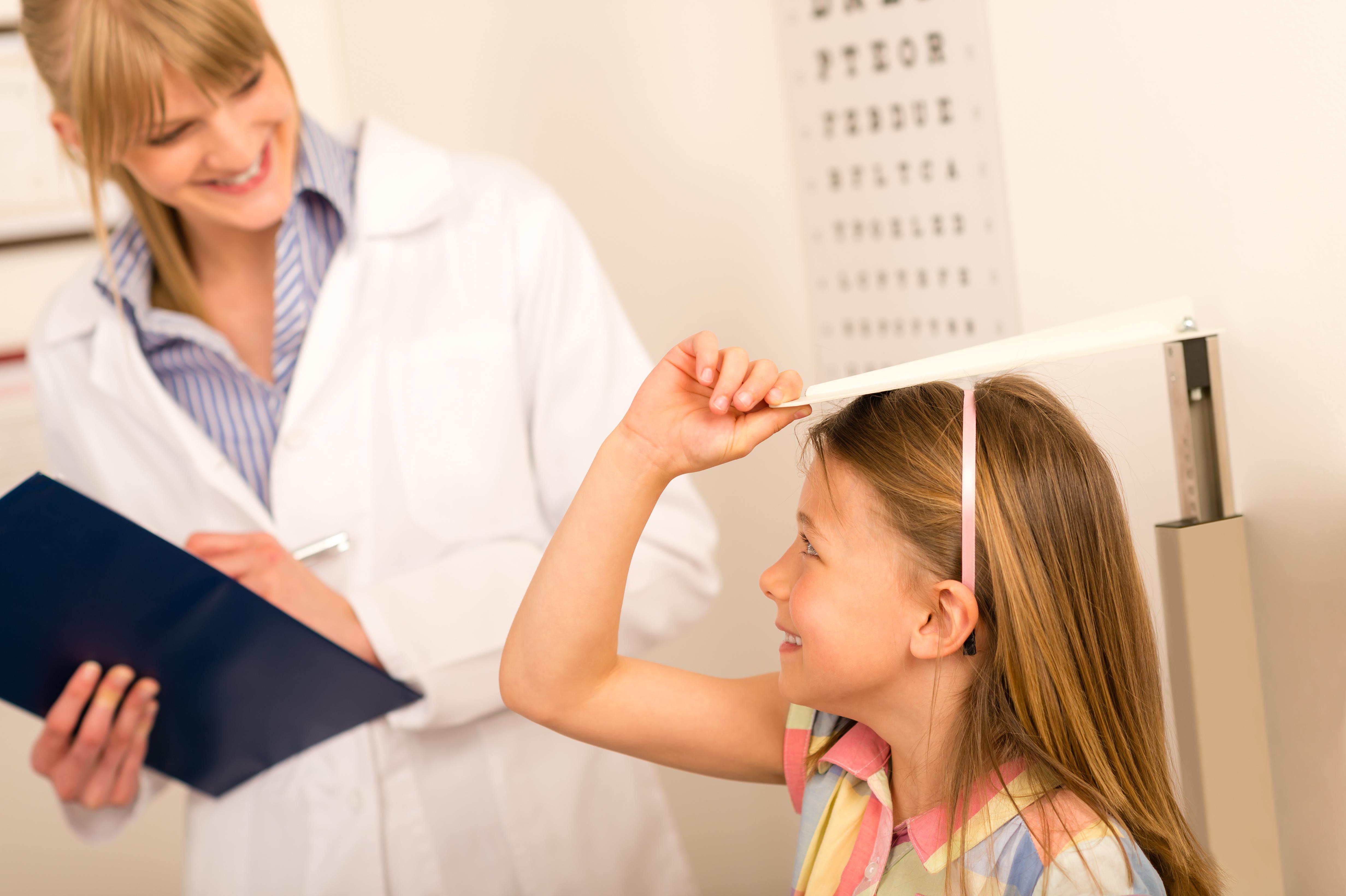Post GnRH Stimulation Test Could Provide More Convenient Avenue for CPP Diagnosis
Data from a retrospective cohort analysis suggests a single 60-minute post gonadotropin-releasing hormone agonist stimulation test could provide a more convenient avenue for diagnosing idiopathic central precocious puberty in girls.

A study from investigators in China is providing an overview of the diagnostic utility of Luteinizing hormone (LH) levels and a single 60-minute post gonadotropin-releasing hormone (GnRH) agonist stimulation test for idiopathic central precocious puberty in girls.
Using data from a cohort of nearly 1500 girls diagnosed with central precocious puberty who underwent GnRHa stimulation testing, results of the study suggest a single 60-minute post-stimulus gonadotropin result of LH and LH/follicle-stimulating hormone (FSH) ratios could be used instead of a GnRH stimulation test.
“A single 60-minute post-stimulus gonadotropin result of LH and LH/FSH can be used instead of a GnRH agonist stimulation test, or samples can be taken only at 0, 30, and 60 minutes after a GnRH agonist stimulation test. This reduces the number of blood draws required compared with the traditional stimulation test, while still achieving a high level of diagnostic accuracy,” wrote investigators.
Although GnRH-stimulation tests are considered the gold standard for the diagnosis of central precocious puberty, requiring multiple blood samples can be met with resistance due to inconvenience and possible fear for pediatric patients. With recent studies suggesting baseline LH or a post-stimulation LH value could prove to be adequate for diagnosing central precocious puberty, a team from the Second Affiliated Hospital and Yuying Children’s Hospital of Wenzhou Medical University sought to assess the diagnostic utility of this approach through a retrospective analysis of data from children at the hospital treated between January 1, 2016-October 8, 2020.
A total of 1578 cases of precocious puberty were Identified during the 5-year period. Of these, 1492 met inclusion criteria and were selected for the study. Inclusion criteria for the study included secondary sexual development before the age of 8, increased ovarian and uterine size with several follicles greater than 4 mm in diameter on pelvic ultrasound, brain magnetic resonance imaging was performed, and GnRH agonist stimulation testing was performed.
Investigators noted LH and LH/FSH ratios were measured using immuno-chemiluminescence assay before and at several time points after GnRH analogue stimulation testing. Additionally, investigators pointed out Mann–Whitney U test, Spearman’s correlation, x2 test, and receiver operating characteristic (ROC) analyses were performed to assess diagnostic utility of these values.
For the purpose of analysis, 1492 subjects were split into 2 groups, an idiopathic central precocious puberty group, which included 518 patients, and a non-central precocious puberty group, which included 974 patients. In the idiopathic central precocious puberty group, the proportion of patients in Tanner stage 2, 3, 4 were 42.86%, 51.74%, and 5.41%, respectively. Among those without central precocious puberty, the proportion in Tanner stage 2, 3, 4 were 66.02%, 32.55%, and 1.44%, respectively.
Upon analysis, results indicated basal LH levels and LH/FSH ratios were significantly different between the study groups at 30, 60, 90, and 120 minutes after GnRH analogue stimulation testing. Additionally, Spearman’s correlation analysis indicated the strongest correlation was between peak LH and LH levels at 60 minutes after GnRH agonist stimulation (r=.986; P <.001).
Results from the ROC curve analysis suggested the 60-minute LH/FSH ratio yielded the highest consistency, with an AUC of 0.988 (95% CI, 0.982-0.993) and a cut-off point of 0.603 mIU/L (sensitivity 97.3%, specificity 93.0%). Investigators pointed cut-off points of basal LH and LH/FSH were 0.255 mIU/L (sensitivity 68.9%, specificity 86.0%) and 0.07 (sensitivity 73.2%, specificity 89.5%), respectively, with AUCs of 0.823 (95% CI, 0.799–0.847) and 0.843 (95% CI, 0.819–0.867), respectively.
Investigators cautioned clinicians to consider the limitations of their study, including reliance on retrospective data, when interpreting the results of their study.
This statement, “The Diagnostic Utility of the Basal Luteinizing Hormone Level and Single 60-Minute Post GnRH Agonist Stimulation Test for Idiopathic Central Precocious Puberty in Girls,” was published in Frontiers in Endocrinology.